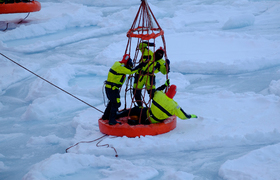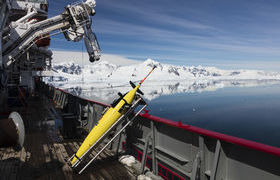Hands-on lesson in conservation for UCT students in Antarctica
13 May 2022 | Story Helen Swingler Read time 8 min.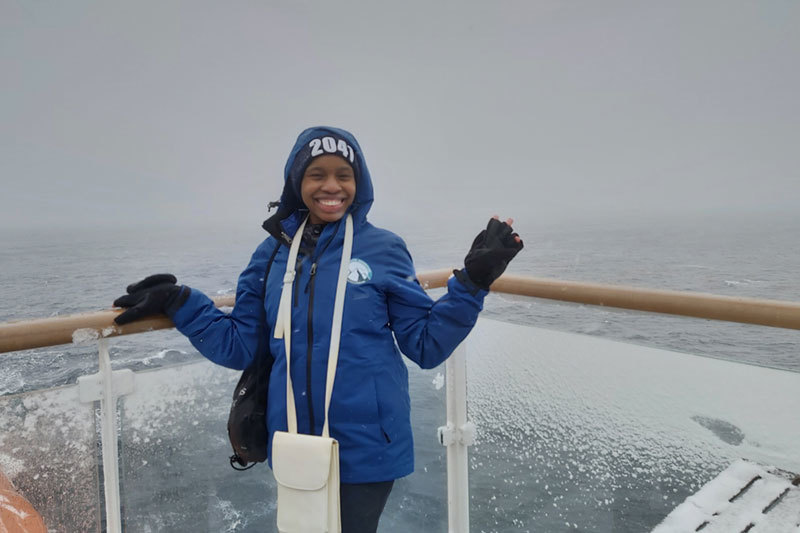
A sudden hailstorm at sea in the Antarctic while studying glaciers from a Zodiac inflatable would unnerve any adventurer. And for the unseasoned visitor, rapid weather changes in the south polar region can be especially alarming, said University of Cape Town (UCT) humanities student Madina Mothupi.
Mothupi (humanities faculty) was one of two UCT student participants on the recent 2041 ClimateForce Antarctica Expedition: 150 leaders from 38 nations who joined Robert Swan’s Leadership on the Edge programme. Her counterpart was Catherine Dunn (commerce faculty).
The programme teaches participants about the frozen continent and its uniqueness and fragility in the face of climate change. It’s designed to equip them with the tools they need to raise awareness of the urgent need to protect Antarctica, and conserve it as a pristine, development-free wilderness.
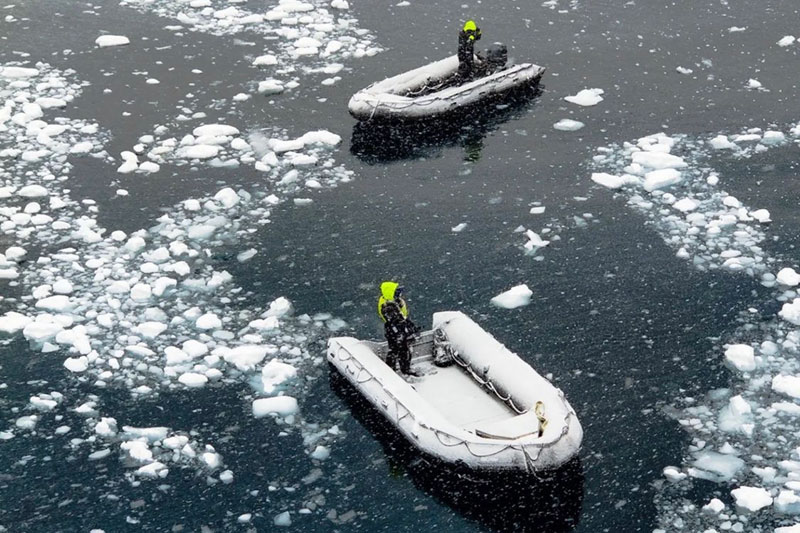
Intersection of past and present
Fortunately, the experienced crew were prepared for rapid weather changes. As the hailstorm hit the expeditioners in open sea, it was action time. The Zodiacs raced back to the ship, the Ocean Victory, a fuel-efficient, completely sustainable and environmentally friendly vessel, said Mothupi.
“Our Zodiac was bouncing off the sea. I was holding on for dear life, hoping I wouldn’t fall overboard. We were wearing heavy lifejackets but got completely drenched.” But, it was an important lesson about the vagaries of Antarctic conditions.
“It’s a frozen desert, inhospitable, but the marine life is so diverse.”
It had taken Mothupi more than 48 hours travelling via three continents to get to the expedition’s polar ship at Ushaia, Argentina, on South America’s southernmost peninsula. Mothupi had travelled ‘hopscotch’ from Johannesburg to Ushaia, touching down in Zurich, Sao Paulo and Buenos Aires along the way. In Ushaia, the travellers acclimatised to snow and ice before setting sail south.
Antarctica held Mothupi in its thrall from the moment she stepped onto the ice, wearing the sterilised boots issued on arrival.
“It’s a frozen desert, inhospitable, but the marine life is so diverse,” she said in an interview after arriving back in South Africa. “I had a feeling of exhilaration just being there, as not many people get this privilege. It’s also an intersection of past and present; so many famous historical explorers have been there. But at the same time, it’s at risk.”
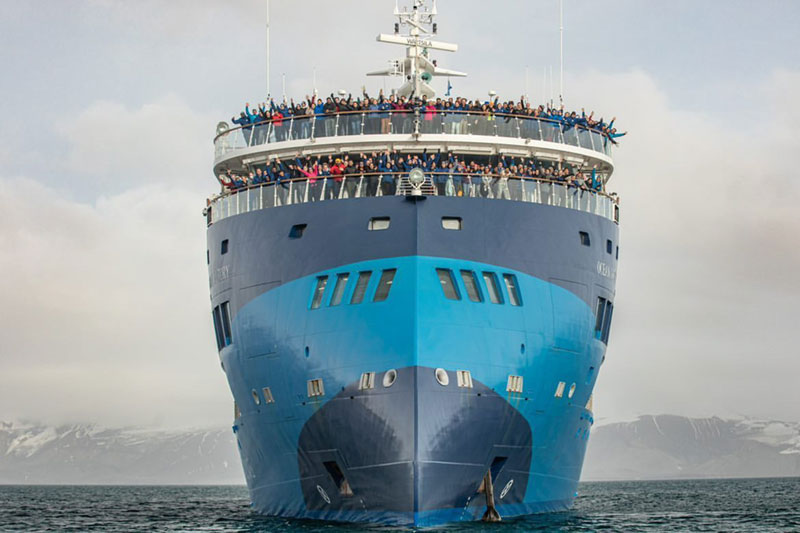
Climate change looms large, and there are questions around what happens after the Antarctic Treaty ends in 2041. In only 19 years the Antarctic Treaty will become modifiable, and change the fate of the continent, according to an article in The Conversation.
Until then the Antarctic Treaty will act as a safeguard for Antarctic science and an international bulwark against commercial or political interference. But in 2048, the Antarctic Treaty Cooperative Partners could reject anti-mining regulations that have protected the frozen continent until now. Already, undersea scoping and prospecting in the area has drawn criticism.
The expedition and education programme on Antarctica also took the teams out to experience the realities of the landscape. They did a lot of hiking, which Mothupi found tough going.
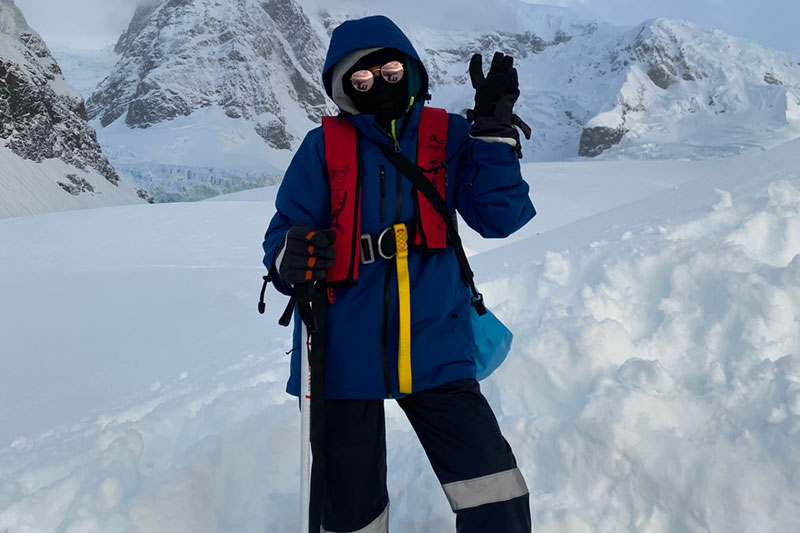
“Some of the hikes and trails were quite challenging.” At times she felt herself sinking into the snow, and needed help from teammates. “And that’s what really made me appreciate the value of teamwork – without them, I couldn’t have reached the top of some of the hiking points.”
A highlight was a visit to the volcano on Deception Island. With 138 volcanoes, Antarctica’s geology and geography are ‘red-hot’ with volcanic activity. A recent paper published by Edinburgh University detailing a radar mapping project identifying 91 of these volcanoes in west Antarctica, hidden under up to 4km of ice.
The continent’s wildlife is also astounding, said Mothupi; from the miniscule krill to the large whales that feed off these tiny creatures, as well as the different species of penguins, seals and seabirds.
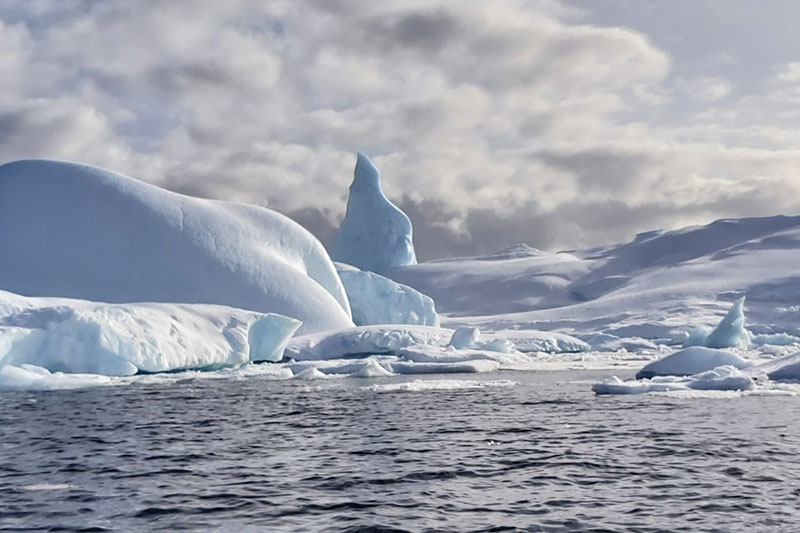
Climate change campaigners
Back in Cape Town, Mothupi (like her UCT counterpart on the expedition, Catherine Dunn, who was sponsored by UCT’s oceanography department) is intent on implementing climate change initiatives. A member of UCT’s Green Campus Initiative, Mothupi plans to start by visiting schools to share the message. First up: her former high school, Roedean School in Johannesburg. At school she was very involved in environmental issues, having started a metal straw campaign; she also sold the straws. But she felt that wasn’t enough. She is also keen to target the corporate sphere, by encouraging businesses to implement carbon-removal technologies.
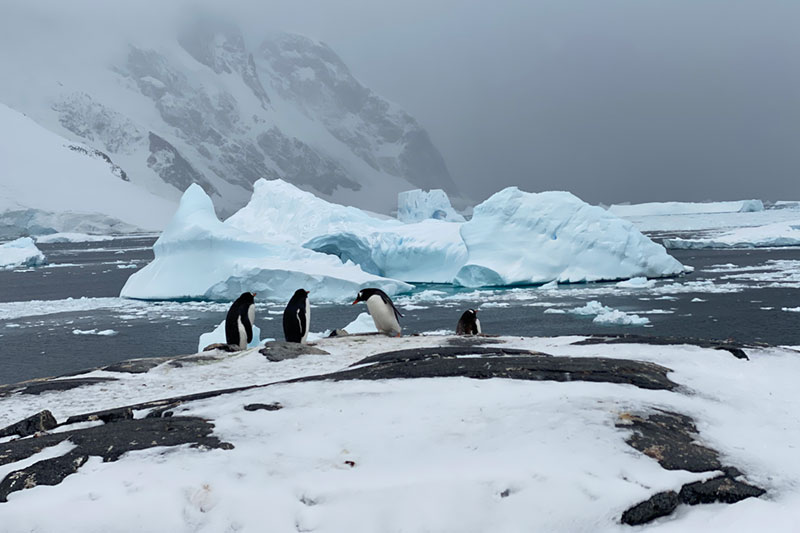
The diversity of the Leadership on the Edge group in Antarctica was reflected in their multipronged approach to mitigation, said Mothupi.
“We were all there to explore how we could implement our own ways of fighting climate change. There were those in the finance sector talking about divestment from fossil fuels, while those in science were working on renewable energy and ways of reducing carbon emissions. We had artists who were communicating [the conservation message] via their artworks, [and] also mobilising people to film documentaries. We had a member of the Indian government, talking about changing policymaking around climate change.”
“There’s a sense we are all here to implement our own changes in our own ways...”
The networking opportunities have exploded, said Mothupi. She is keen to promote work by team member Dr Flávia Neves Maia, who is targeting deforestation in Brazil. Dr Maia has also established an organisation to empower women in her community to find jobs in sustainable industries.
“There’s a sense we are all here to implement our own changes, in our own ways, in mobilising efforts against climate change.”
In that sense, Mothupi says, the experience has changed her.
“It’s given me a sense of purpose – not that I didn’t have one before, but… it’s what I can do to solve a lot of these environmental issues.
“Now I’m connected to inspiring people, who I can share resources with. There’s a sense of I don’t have to do this alone.”
 This work is licensed under a Creative Commons Attribution-NoDerivatives 4.0 International License.
This work is licensed under a Creative Commons Attribution-NoDerivatives 4.0 International License.
Please view the republishing articles page for more information.








